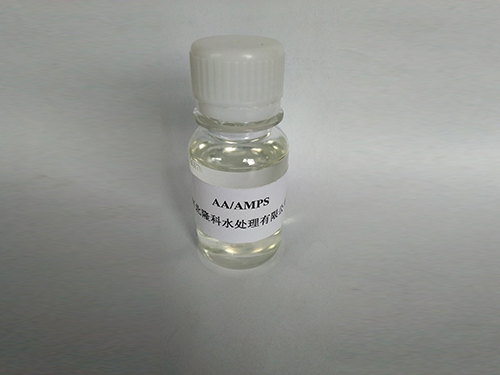polyaspartic acid structure
The Structure and Significance of Polyaspartic Acid
Polyaspartic acid, a polymer derived from aspartic acid, has gained considerable attention in the fields of polymer chemistry, materials science, and biochemistry due to its unique properties and versatile applications. Understanding the structure of polyaspartic acid is essential for appreciating its functionality and potential uses in various industries.
Chemical Structure
Polyaspartic acid is formed through the polymerization of aspartic acid, an amino acid that is abundant in the human body and plays crucial roles in protein synthesis and metabolic processes. Aspartic acid can exist in two forms, D-aspartic acid and L-aspartic acid, with the latter being the predominant form found in proteins. The polymerization process typically involves the formation of amide bonds between the carboxyl group (-COOH) of one aspartic acid molecule and the amino group (-NH2) of another.
The backbone of polyaspartic acid consists of repeating units of -NH-CH(COOH)-CH2- that constitute the polymer's structure. This creates a highly flexible and hydrophilic chain. The presence of the carboxylic acid groups along the polymer chain provides polyaspartic acid with its unique characteristics, such as enhanced water solubility and the ability to form hydrogen bonds, which contribute to its high compatibility with various biological systems.
Properties
The structure of polyaspartic acid imparts several significant properties. Firstly, its high solubility in water makes it suitable for various applications, particularly in pharmaceutical formulations and biocompatible materials. The charged carboxylate groups contribute to the polymer's overall ionic nature, which can enhance interactions with other molecules, including proteins and enzymes.
polyaspartic acid structure

Moreover, polyaspartic acid exhibits excellent biodegradability, an attribute that aligns with the growing demand for environmentally friendly materials. When subjected to biological conditions, polyaspartic acid can be broken down by enzymes into non-toxic byproducts, making it a sustainable option for various applications.
Applications
Polyaspartic acid's unique structural properties make it a valuable component in several industries. In the realm of construction and coatings, polyaspartic acid is utilized in the formulation of protective coatings and sealants. Its rapid curing time, high abrasion resistance, and UV stability contribute to durable finishes suitable for floors, decks, and other surfaces.
In the field of medicine, polyaspartic acid is being explored as a potential carrier for drug delivery systems due to its ability to form stable complexes with various therapeutic agents. Its biocompatibility and non-toxic nature make it an attractive candidate for delivering drugs in vivo, potentially improving the efficacy and safety of treatments.
Additionally, in agriculture, polyaspartic acid has shown promise as a soil conditioner and water retention agent, enhancing the efficiency of fertilizers and promoting plant growth. Its ability to bind to soil particles can improve the dispersion and efficacy of nutrients.
Conclusion
The structure of polyaspartic acid is fundamental to its diverse range of applications across multiple fields. From construction to medicine and agriculture, this polymer offers unique advantages due to its solubility, biodegradability, and biocompatibility. As research continues to explore its capabilities and refine its applications, polyaspartic acid is poised to play an increasingly important role in developing sustainable and innovative solutions to contemporary challenges. Understanding the structure and properties of polyaspartic acid provides valuable insights into the potential it holds for the future of materials science and biochemistry.
-
Pbtc Scale InhibitorPBTC: A Scale Protector for Industrial Water TreatmentNewsAug.05,2025
-
Organic Phosphonate: An Efficient Defender in the Field of Scale InhibitionNewsAug.05,2025
-
Hydrolyzed Polymaleic Anhydride: Green Pioneer in Scale Inhibition FieldNewsAug.05,2025
-
PAPEMP Polyamino Polyether Methylene Phosphonic Acid For SaleNewsAug.05,2025
-
Flocculant Water Treatment: A Pioneer in Purification in the Field of Water TreatmentNewsAug.05,2025
-
Benzyl Isothiazolinone: An Efficient and Broad-Spectrum Antibacterial Protective GuardNewsAug.05,2025





